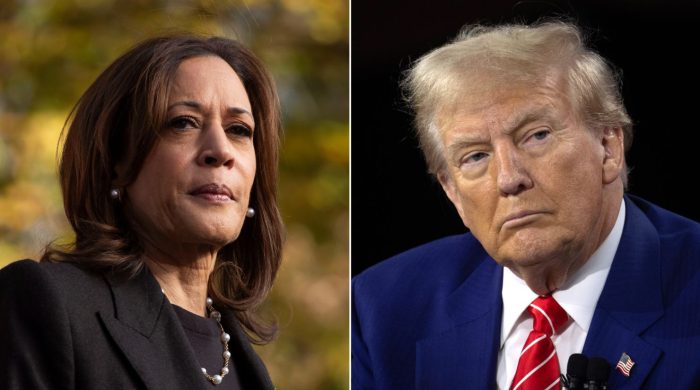Over Tk 5cr toll collected from Dhaka Elevated Expressway in 3 weeks

- Update Time : Monday, September 25, 2023
- 26 Time View

The Dhaka Elevated Expressway has been witnessing higher traffic than it was targeted, allowing the authorities to collect over Tk 5 crore in tolls since it was opened to the public on September 3.
Till 6:00am on September 24, a total of 621,152 vehicles, mostly private cars, used the Dhaka Elevated Expressway and total revenue collection amounted to over Tk 5.03 crore, said project director of the Dhaka Elevated Expressway AHMS Akhtar.
Prime minister Sheikh Hasina on September 2 inaugurated the Airport-Farmgate segment of Dhaka Elevated Expressway after paying a Tk 2,000 toll for 25 vehicles in her motorcade. Each vehicle is charged Tk 80.
Authorities opened the section from the airport to Farmgate of Dhaka Elevated Expressway for vehicular movement at 6am on September 3. It takes only 10-12 minutes to reach Farmgate from the Airport via the expressway.
‘We assumed earlier that on average around 20,000 vehicles would use the expressway daily but now the number has increased to around 30,000 vehicles,’ said the project director AHMS Akhtar.
‘We hope when it is completed, about 80,000 vehicles will be able to use Dhaka Elevated Expressway every day,’ Akhtar told UNB.
Replying to a question, the Project Director said vehicles can run at a speed of up to 80 km/h according to the design of the expressway but they have limited it up to 60 km/h, and 40 km/h on the ramp.
They are yet to start enforcing law against violators of speed limit, although CCTV cameras and other equipment have already been installed on the expressways.
Meanwhile, Bangladesh Road Transport Authority (BRTA) has been running buses on the Dhaka Elevated Expressway starting from September 18. Passengers are now crossing the Dhaka Elevated Expressway for just Tk35.
Earlier on September 15 , BRTC Chairman Tajul Islam announced the new bus route from Khejur Bagan to Jashimuddin Road on the Elevated Expressway.
He said initially a total of eight buses were supposed to operate from three depots. Commuters can board the buses from both ends of the expressway, he added.
But the number of BRTC buses, plying on the express highway, has raised to 12.
‘A total of 12 buses are now running on the expressway route. Passengers are satisfied with the service, we are satisfied too that the number of passengers is increasing,’ said Bishwajit, BRTC bus counter staff working at the Farmgate bus counter of Uttara-Farmgate BRTC bus route.
Eight double-decker buses started plying the expressway initially from September 18, he added.
Bishwajit informed that a bus is running every 10 minutes from the farmgate bus counter to Uttara. Buses are sometimes late because of the traffic jams on either end of the expressway, he said.
‘We are working day and night to make the service better for the passengers. The number of buses has been increased on the route for increasing the number of passengers, soon the bus schedules can be maintained tightly,’ he further said.
Tanjila Rahman, a commuter, was buying a ticket from the Farmgate BRTC expressway bus counter to go to Uttara on Sunday afternoon. When asked, she said that she had come for a job interview in the morning and that she had reached Indira Road from the airport in just 10-15 minutes.
‘I liked the service very much. It took much less time than usual to reach from airport to here. I am going back through the same route,’ she added.
Another commuter, Md Rayhan, said that previously he had to travel for at least 1.5 hours to reach his office in Karwanbazar from home. He stated that it is a fantastic experience for him that he is able to reach his office using the expressway in just 20 to 30 minutes.
Another passenger Rafiujjaman Riyon opined that local buses have too many stoppages, take too much time and they often charge higher fares.
‘BRTC expressway route uses e-ticketing system, so the fee stays fair. BRTC could make the bus seats more comfortable. Also, if the route had a few more stops, it would help a greater number of passengers,’ he suggested.

























